- Air Homepage
- Alberta Air Quality
- Air Quality Dispersion Modelling
- Building Downwash
The Building Downwash puzzle: It Traps emissions where you don't want them
Are tall buildings in your city affecting the air you breathe? It's not just about looking cool or blocking your view. Skyscrapers can actually change how pollution moves! Air flow around buildings can cause building downwash when smoke and other emissions come out of chimneys near buildings. Pollution is caught in swirling air and stays closer to the ground, right where we breathe and live. The secret polluters might be buildings
Smoke might seem to float away, but buildings can interfere. For example, when you bike behind a friend and get caught up in their wind, they create turbulence that might make it easier to pedal.
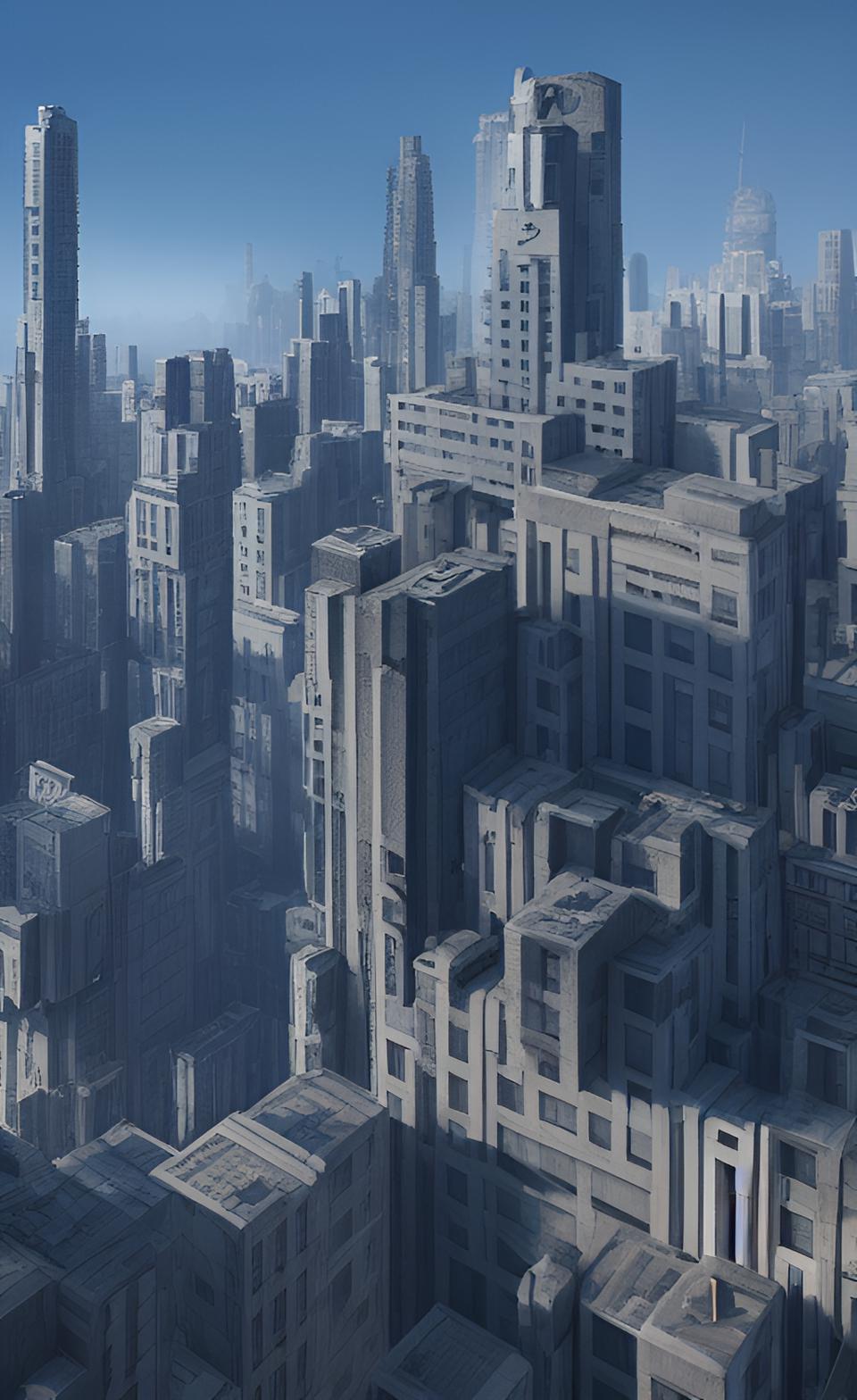 Buildings affect airflow; data quality checks needed
Buildings affect airflow; data quality checks neededIn industrial areas, turbulence might create a gentle spot in the wind that traps pollution close to the ground, making the air dirtier than it would otherwise be. Taking into account the building's size, shape, and location, scientists use models to figure out how to prevent this from happening.
Experts use special programs like the Building Profile Input Program for Plume Rise Model Enhancement (BPIPPRM) to understand and predict how buildings affect air flow. In these programs, a calculations are made to figure out how buildings affect air flow and how pollution spreads. Building height, width, and distance from chimneys are all considered.
Things can get tricky in cities with a lot of buildings. With BPIPPRM, you can calculate all the different ways buildings can interfere with air flow. Other models called AERMOD and CALPUFF do a better job of predicting how pollution will spread amongst certain types of buildings, like short, squat ones.
Air pollution can be worsened in places where people live and hang out due to buildings. Building downwash isn't just about science. It's about ensuring we all have cleaner, safer air.
Are you curious about how building downwash can affect your air?
Many Canadian provincial guidelines for modellers specifically address this issue in the field of regulatory air quality dispersion. Discover what we can do to prevent building downwash from harming the environment.
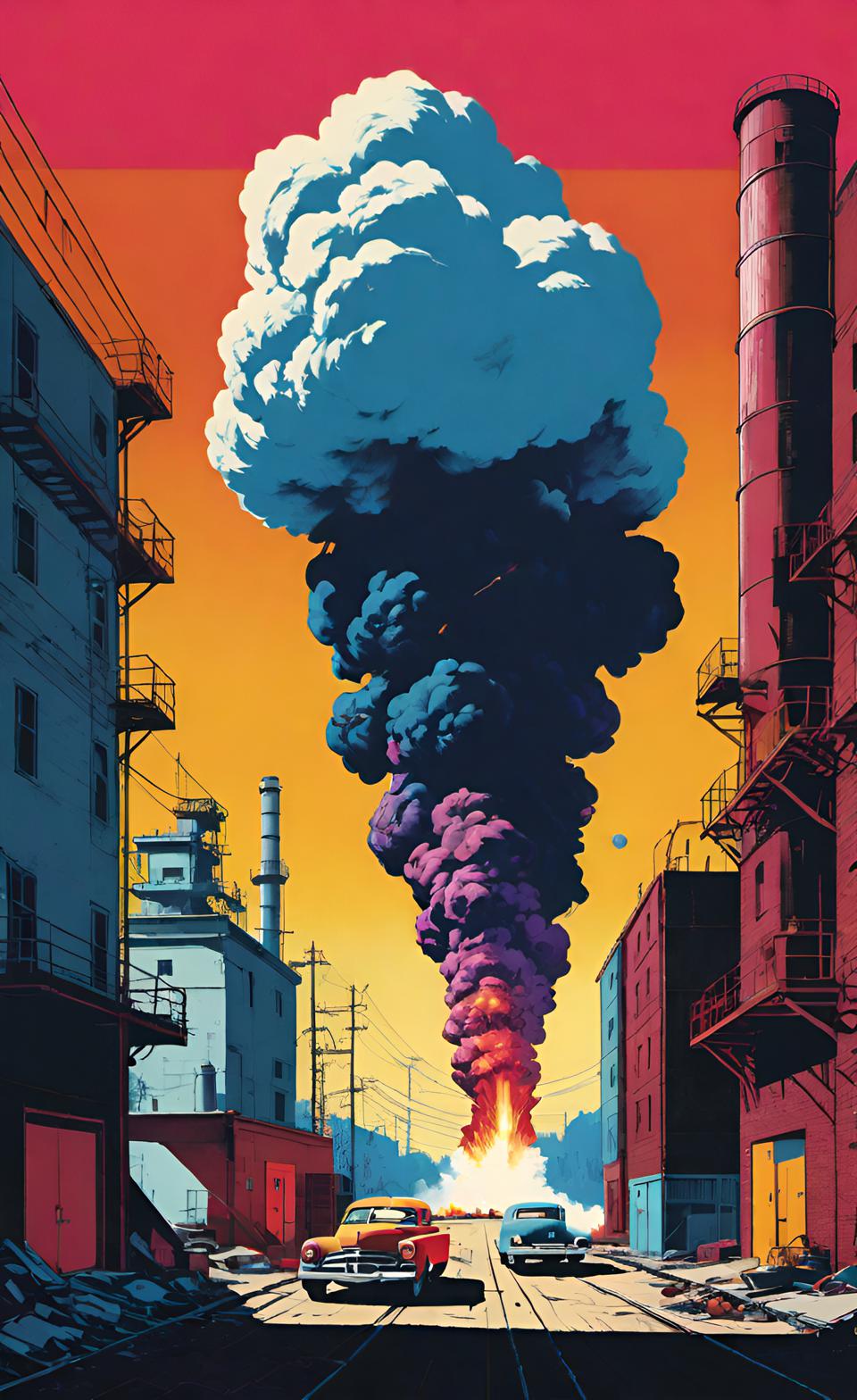 That's gonna leave a mark.
That's gonna leave a mark.When emissions occur near buildings, the air flow around and over them can affect how they disperse downwind. Building downwash is caused by enhanced turbulence and flow deformation. And when smoke from stacks near or on buildings is drawn into the cavity zone behind the building or caught in wake turbulence, it can lead to high pollutants at ground level.
Air Quality modelling guidelines help us handle these effects, considering single or multiple buildings of different shapes and sizes. To account for building downwash, a simple model like AERSCREEN needs building orientation, height, dimensions, and distance from the stack. BPIPPRM calculates building heights and widths affected by plumes, accounting for stack exposure to building wakes and the data it produces is used by more sophisticated models.
Demystifying Downwash: BPIPPRM Streamlines Air Quality Modelling in BC
BPIPPRM automates building separation distances and influence zones in complex scenarios. This computer program needs building coordinates, stack heights, and base elevations. Its output can be used directly for introductory screen modelling or copied into higher-level AERMOD and CALPUFF air quality program files.
Most jurisdictions including BC prefer the classic ISC model downwash treatment for squat buildings, which may be shaped like suburban shopping malls. If you're using CALPUFF, this treatment is recommended, which only requires height and width parameters from BPIPPRM.
Models need information about nearby structures' dimensions and positions to consider local building downwash effects in dispersion modeling. The stack's plume may be subject to building downwash if it's on top of or near tall buildings. And if the stack height is less than 2.5 times the building's height, you might have downwash problems. The closer the building the worse. Nearby buildings within 5 times the lesser of their width or peak height from the stack need to be considered in the modelling.
Models need apparent building widths and heights for every 10 degrees of azimuth viewed from the stack under consideration. On their website, the United States EPA provides the Building Profile Input Program (BPIP) for calculating the needed parameters.
To account for building downwash, models like AERMOD and CALPUFF use a version of BPIP that includes the Plume Rise Model Enhancement (PRIME) algorithm, and this is what BPIPPRM comes from. PRIME has some limitations, but ongoing research aims to improve it. The BC guideline allows some alternatives if PRIME predicts excessive downwash and they may be used, if we follow specific protocols.
 What is downwash?
What is downwash?Building downwash isn't meant to be applied to volume, area, or line sources. Stacks near buildings, especially short ones, can suffer from poor plume dispersion and this situation may cause air pollutant concentrations to vary more than usual as shown in the sketch above. This often leads to environmental problems.
Smoke Plumes in Alberta: How Buildings Disrupt them (and What to Do about it)
Buildings create turbulence and change airflow patterns by forcing air around or over them. In this turbulence, plumes may have higher or lower concentrations than they would without the building.
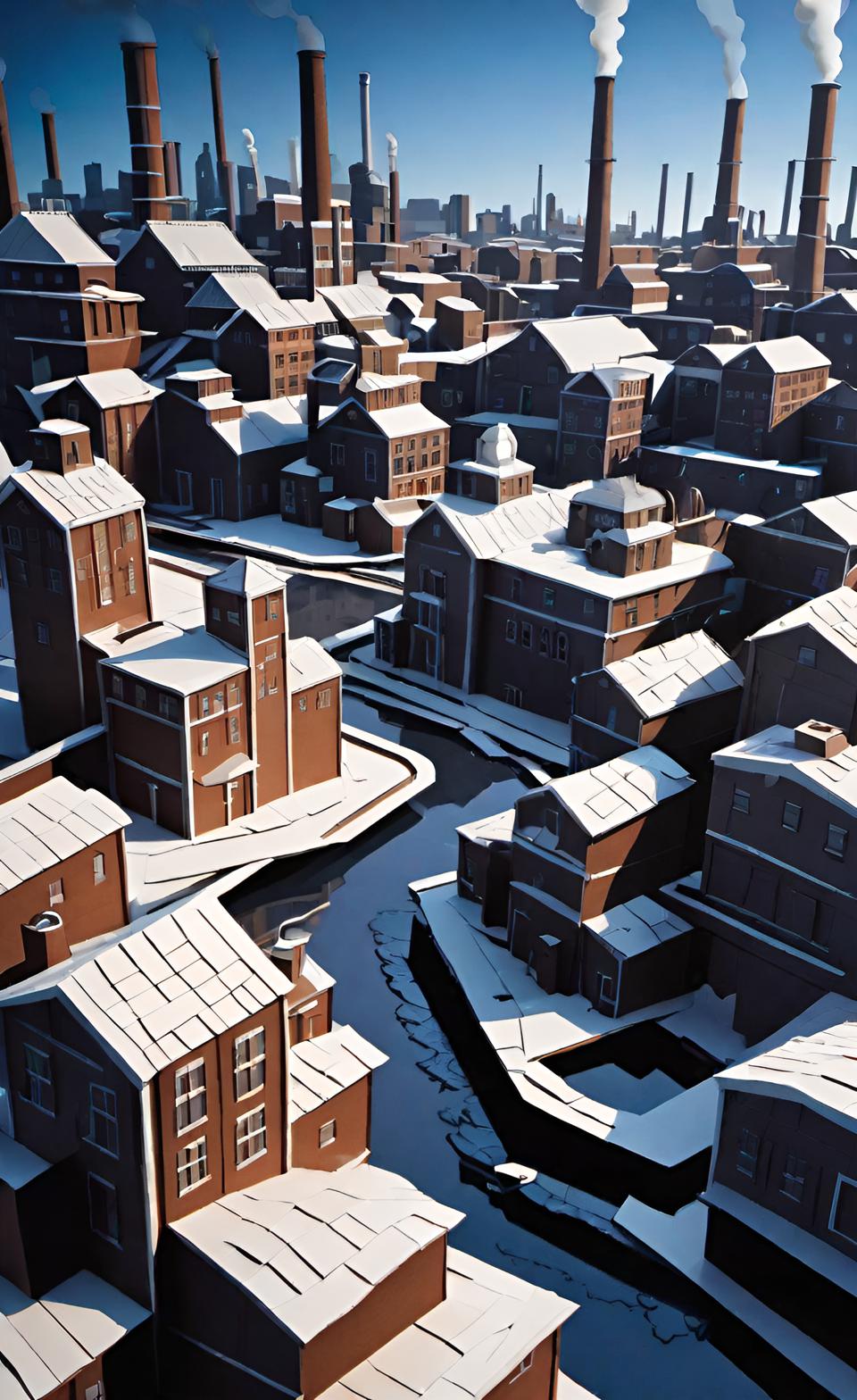 Structures can change the turbulence boundary layer
Structures can change the turbulence boundary layerThe dimensions of the building and its location relative to the stack are needed to model these effects accurately. Building downwash is determined by the distance between a stack and a building, as well as the stack height and the building's dimensions.
Depending on the design and weather conditions, a building's wake affects nearby emissions within its region of influence. Usually it's not good.
BPIP calculates parameters for modelling building downwash, which is crucial for dispersion models like AERMOD and CALPUFF. When coupled with the PRIME algorithm, it helps the air quality model take into account factors like stack and building locations, wake effects, and wind profiles.
Precise modelling for building downwash keeps Saskatchewan air clean
PRIME, which is strongly recommended by other provinces, generally improves accuracy, but it has limitations, especially for complex structures. The previously-mentioned ISC algorithm might be better in such cases.
 Air quality compliance achieved using taller stacks
Air quality compliance achieved using taller stacksRecent studies have shown that BPIP can lead to over- or under-predictions of concentrations in certain scenarios, emphasizing the need for improved accuracy in modelling to ensure compliance with air quality standards.
Good Engineering Practice (GEP) stack heights make sure emissions are dispersed properly to keep ground-level concentrations of contaminants acceptable. The formula is: GEP = Hb + 1.5L, where Hb is the height of adjacent or nearby buildings measured from the base of the stack, and L is the lesser of the height or maximum projected width of those buildings.
In Hb, nearby buildings are those within 5L of the stack from the downwind edge, but not more than 0.8 km away. A site plan should show building heights, maximum projected widths, distances from each stack, and GEP stack heights. By knowing this, we can figure out if building downwash affects emissions.
Calvin Consulting Group Ltd.: Air Quality Modelling You Can Trust
Imagine a world where permits aren't a hassle, and you can demonstrate your commitment to clean air with confidence. Our air quality dispersion modelling services turn that vision into reality.
What's the point of air quality dispersion modelling?
Keeping your facility in compliance with environmental regulations protects public health and the environment. It can be tough to navigate the complexities of air dispersion modeling. Calvin Consulting can help.
With over 85 years of combined experience, our team uses advanced software and proven methodologies to:
- Model how pollutants disperse from your facility. To get a clear picture of potential impacts, we take into account things like building structures, terrain, and weather patterns.
- Ensure you're compliant. You'll meet air quality standards with our modelling results.
- You'll save time and money. You can focus on what matters most - running your business - instead of worrying about costly delays or permit rejections.
You don't have to settle for generic modelling tools. Every detail counts, including the intricate effects of nearby buildings on air dispersion.
Calvin Consulting stands out for these reasons:
- Our team has been trained at government environmental agencies, so you know you're getting the best.
- For the most accurate results, we go beyond basic tools.
- Communication: We translate complex data into easy-to-understand reports.
You're ready to breathe easier knowing you're doing the right thing?
Get a quick consultation with Barry at Calvin Consulting.

Ask us anything and we'll show you how our air quality dispersion modelling expertise can streamline your permitting process.
Clean air is our Passion...Regulatory Compliance is our Business.
Can skyscrapers trap pollution and make you cough?
How come some factories seem to have smoggy pockets? These failures aren't always their fault! Buildings can act like giant air dams, trapping pollution close to the ground. And this downwash effect can cause surprisingly high pollution levels where you least expect them.
Do you have concerns about air pollution in your area??
Perhaps modelling air pollution will provide the answers to your question.
That is what I do on a full-time basis. Find out if it is necessary for your project.
Have your Say...
on the StuffintheAir facebook page
Other topics listed in these guides:
The Stuff-in-the-Air Site Map
And,
Thank you to my research and writing assistants, ChatGPT and WordTune, as well as Wombo and others for the images.
GPT-4, OpenAI's large-scale language generation model (and others provided by Google and Meta), helped generate this text. As soon as draft language is generated, the author reviews, edits, and revises it to their own liking and is responsible for the content.
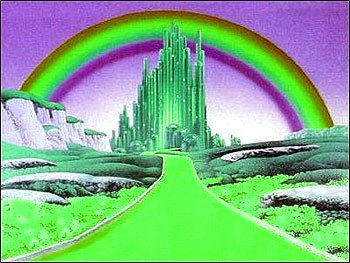
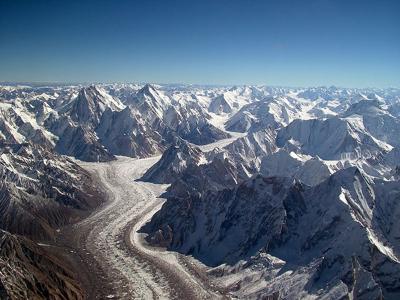
New! Comments
Do you like what you see here? Please let us know in the box below.